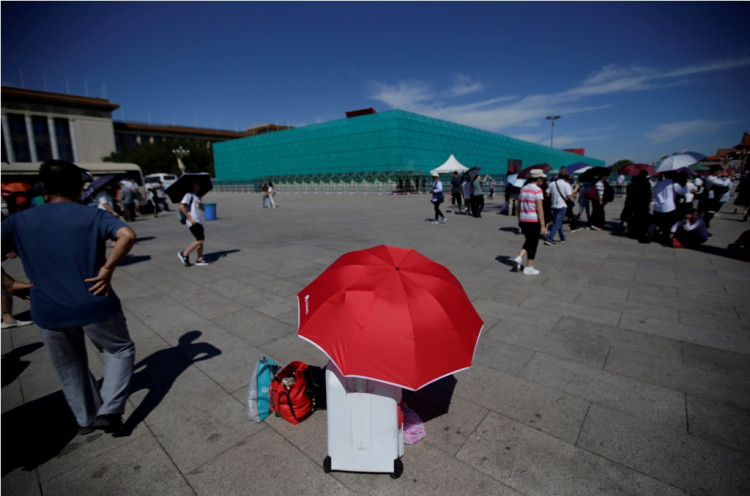Red tourism, or the term that refers to people visiting historical sites in China with a legacy of revolution attached to it, is fast becoming an excellent source of income for the people of Sichuan Province. An increasing number of villagers have been lifted from poverty due to this business.
According to Xinhua, in Mianning County within the Liangshan Prefecture, red tourism has helped over 110 poor families alleviate themselves from the poverty line. The segments range from historical display areas of genuine items from the past to handicrafts that mimic olden products.
There are also scenic areas in Yihai Village where tourists from far and wide can take photos and walk around in. The history of the village has been drawing the attention of domestic tourists but the county is expecting more international visitors to start flocking the place in the near future.
Due to the businesses related to red tourism that have been popping up in Sichuan, many people are getting jobs, employment rates are gradually climbing, and businessmen are learning new things that will further attract visitors.
Sichuan isn't the only province in China that promotes red tourism. The provincial Department of Culture and Tourism of Jiangxi Province has also been hard at work in pushing for its red tourism sector.
China Daily reported late in August that Jiangxi's provincial tourism unit held an event in Beijing to let more people know about the town's rich resources in terms of red tourism.
During the said event travel agencies in Beijing and Jiangxi inked deals to further promote travels to the province so tourists will learn more about the Long March, the Red Army, and the sites in Jiangxi's Ruijin City.
Jiangxi has a wide range of products that it showcased in last month's event. Aside from cultural performances that involved dancing and singing, the tourism department also displayed Red Army soldiers and showed off Jiangxi sites that tourists can experience.
Northwest China's Ningxia Hui Autonomous Region is another hot spot for visitors who want to relish the remnants of the Long March. Tourists who will go to the said area will retrace the Long March history by starting at the foot of Liupanshan Mountain.
Tourist guides will be ready to assist visiting groups who otherwise did not reserve for their trips beforehand. A 2.5-kilometer walkway awaits tourists who want to trace the so-called "Red Army Path."
China's red tourism sector has been booming over the past few months. Industry experts believe the segment can help in the government's goal of lifting most Chinese people from poverty.






